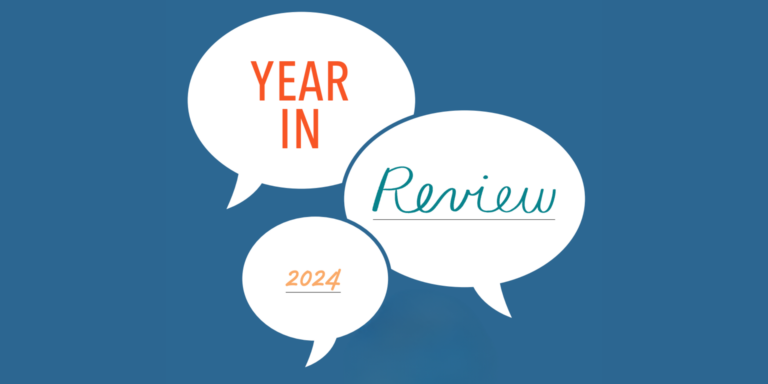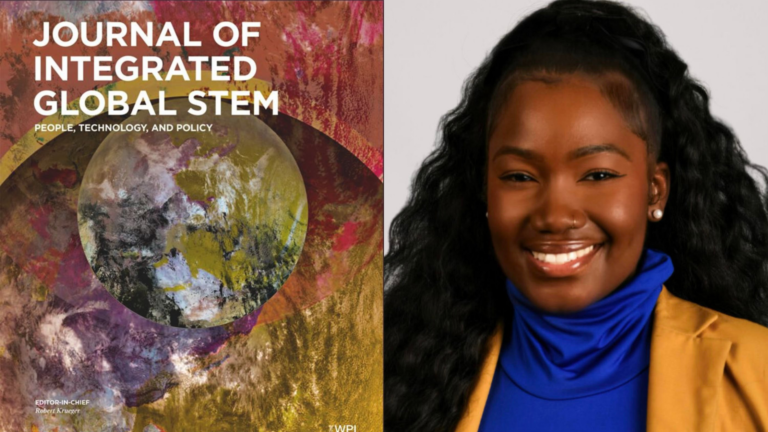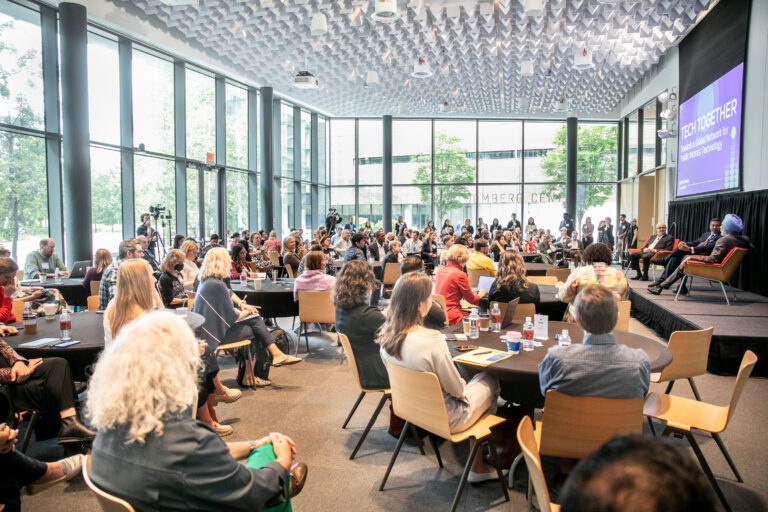Our Strategy Series: Building an Equitable Innovation Economy asks how we might build innovative capacity that can bring more people into high-growth industries. We explore three pillars that set a stage where innovation can emerge: community-driven innovation, the sustainable financing of lifelong skilling and access to empowering social connections. How can we approach each of these leverage points – individually, and in coordination – to create a more inclusive and equitable innovation economy?
Innovative potential is equally distributed, but the conditions for innovation are not
Looking at the landscape of innovation environments today, you see an increasing concentration of high-growth, “good jobs” within industries and within certain cities. Comparing these industries and cities to others, you would find wealth disparities between workers and regions: a phenomenon labeled “The Great Divergence” by Nobel-winning economist Paul Krugman, who articulated the concept over the course of his career.
You would also be likely to find disparities in opportunity. There’s a feedback loop in play. High-growth industries see escalating profits capable of sustaining higher salaries. However, they employ fewer people than other industries. Those they employ often have specialized degrees or skills, and relocate to cities with strong innovation ecosystems. This concentrates specialized talent, and that talent attracts more companies. Where new industries and technologies were once developed across multiple regions, distributing wealth and growth around the country, they now revolve around a handful of “hub” cities.
This agglomeration creates upheavals within communities who do not (or cannot) participate in these emergent economies. Meanwhile, as opportunities become centralized, other cities and communities languish, unable to keep up with the pace of growth (or corresponding salaries) of innovative, high-growth industries.
Many areas outside of these innovation hubs have the same underlying preconditions that could accommodate or facilitate economic growth. There are skilled workers and high quality universities in all 50 states. Many regions are ripe with innovative capacity: entrepreneurial spirit, moderate costs of living, reasonable commutes, safety for skilled workers, underused infrastructure – even a base of venture capital that can turn new ideas into profitable companies.
Community-driven innovation leverages and develops these strengths in ways that could support locally-lead innovation. We believe that communities within specialized cities, as well as communities far from them, both benefit when we cultivate strong, locally-accessible innovative capacity. Here are a few examples.
The Center on Rural Innovation elevates rural leaders
The Center on Rural Innovation, known as CORI, believes that small towns are the future of the nation’s digital economy. CORI partners with rural leaders across the country to launch initiatives and programs that support innovation, tech entrepreneurship, and tech job creation in the places they call home. Core to CORI’s work is building the capacity of rural communities through delivering data-driven tools to provide insights to community leaders, ensuring early stage investment flows to rural entrepreneurs, creating a community of practice for rural leaders, offering technical assistance as needed, and publishing research on the successful models and practices that rural communities are building.
“In the age of the internet, there should be no limit to where digital-economy jobs and innovation can take place,” founder and executive director Matt Dunne told us for our report on Multidimensional Infrastructure in 2020. “Everyone, regardless of geography, should be able to participate in the innovation economy.”
MASS Design reinvigorates “Fringe Cities”
We believe that reversing the great divergence requires active interventions and investments in rural areas as well as small to mid-sized cities that have or could create the conditions to become equitable innovation hubs. MASS Design Group, a social impact-oriented architecture collective, is committed to understanding how these communities can rise to the challenge.
MASS Design’s research led to the term “Fringe Cities”, which describe small cities of less than 150,000 residents that are located at least 30 miles away from a major metropolitan center. Think Poughkeepsie NY, Scranton PA, Youngstown OH, or South Bend IN. Fringe cities were severely impacted by federal urban renewal projects in the 1950s and 60s. Originally packaged as anti-poverty initiatives, urban renewal often exacerbated existing problems, such as reinforcing segregation, building highways through downtown cores, and destroying historic structures. While many large cities have rebounded from these social and spatial traumas, smaller cities often continue to struggle with the same problems that urban renewal sought to resolve.
These cities have many of the factors that enable innovative capacity – the existence of anchor institutions, research institutions/ labs, infrastructure, talent, companies, lower costs of living, and often a history or prior experience of innovation. We believe that thoughtful investments into these cities can create new spaces for innovation to emerge within them.
Research & Robotics forges first-of-its-kind cross sector partnerships
It isn’t always physical distance that leaves people out of innovative economies within specialized cities. Opportunities, networks, and skills development can take place within silos, with barriers to entry for those outside them. Innovative partnership programs such as the Consortium for Research & Robotics (CRR) brings local communities into the innovative economy.
CRR is a physical space that holds advanced robotics equipment (including NYC’s largest industrial robot) and invites in various stakeholder communities – such as corporate R&D, startups, academic research, engineers, designers, community programs, and middle and high school STEM programs – to co-locate to use, learn, research, and invent on that equipment.
To date, they have had two startups launch out of their space with valuations in the mid-eight figures. They’ve had twelve big corporations engage in R&D, as well as a corporation funding a creative community as they gain insights to build new products. They’ve had students at title 1 schools realize they belong in a research lab and be inspired to pursue college careers. Continuing to foster intersections and relationships between these communities contributes to this highly productive and inclusive innovation environment that is emblematic of our approach.
The model will be scaled to another site in New Bedford, Massachusetts in 2022. You can read a full Q&A with founder Mark Parsons on our Insights page.
Innovation and Inclusion
Innovative capacity can exist anywhere. We’re looking beyond geography, to investments that reach beyond specialized cities and communities. Inclusion in the innovation economy means creating opportunities for small to mid-size cities and rural economies to make contributions to emerging industries and technologies. It’s also forging paths to participation in these economies so they may be accessible to anyone.





